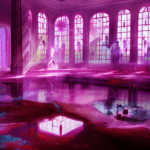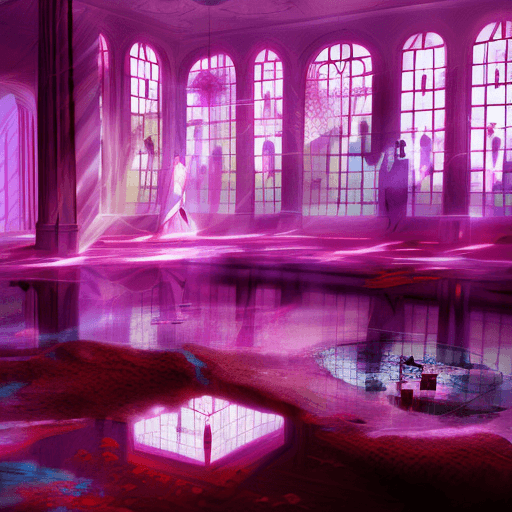The Glass Room: A Captivating Tale of Love, Loss, and the Power of Architecture
In “The Glass Room” by Simon Mawer, a stunning piece of architecture becomes the backdrop for a captivating story of love, loss, and the enduring power of human connection. Set against the backdrop of World War II and spanning several decades, this novel explores the lives of the inhabitants of the iconic Glass Room, a modernist masterpiece that becomes a symbol of hope, resilience, and transformation.
A Modernist Masterpiece: The Glass Room
The Glass Room, designed by renowned architect Rainer von Abt, is the centerpiece of the story. Located in Czechoslovakia, it is a unique structure made entirely of glass, symbolizing transparency and openness. The room’s glass walls allow for breathtaking views of the surrounding landscape and create an atmosphere of lightness and freedom. The Glass Room becomes a sanctuary for its inhabitants, a place where they can be themselves and find solace in the face of adversity.
Love and Loss in a Time of War
As World War II unfolds, the lives of the characters are forever changed. Liesel and Viktor Landauer, the owners of the Glass Room, navigate the challenges of a war-torn world while trying to preserve their love and protect their family. Their relationship is tested as they face the horrors of war and the loss of their beloved home. The Glass Room becomes a symbol of their resilience and the enduring power of their love.
Transformation and Renewal
After the war, the Glass Room falls into the hands of different owners, each with their own struggles and desires. From a wealthy businessman to a communist regime, the room witnesses the transformation of Czechoslovakia and the impact of political and social changes on its inhabitants. Despite the shifting tides of history, the Glass Room remains a constant, a reminder of the enduring power of architecture and the human spirit.
Throughout the novel, Mawer explores themes of identity, freedom, and the search for meaning in a rapidly changing world. The Glass Room becomes a metaphor for the characters’ lives, reflecting their hopes, dreams, and vulnerabilities. It is a place of both beauty and fragility, a testament to the resilience of the human spirit in the face of adversity.
Key takeaways from “The Glass Room”:
- The power of architecture to shape and influence lives
- The resilience of the human spirit in the face of adversity
- The enduring nature of love and its ability to transcend time and place
- The impact of war and political upheaval on individuals and society
- The search for identity and meaning in a rapidly changing world
As the story unfolds, Mawer paints a vivid picture of the characters’ lives, their hopes, dreams, and struggles. Through his lyrical prose, he invites readers to contemplate the power of architecture, the complexities of human relationships, and the resilience of the human spirit. “The Glass Room” is a thought-provoking and emotionally resonant novel that will leave readers captivated and inspired.
“The Glass Room is a place of both beauty and fragility, a testament to the resilience of the human spirit in the face of adversity.” – Simon Mawer












